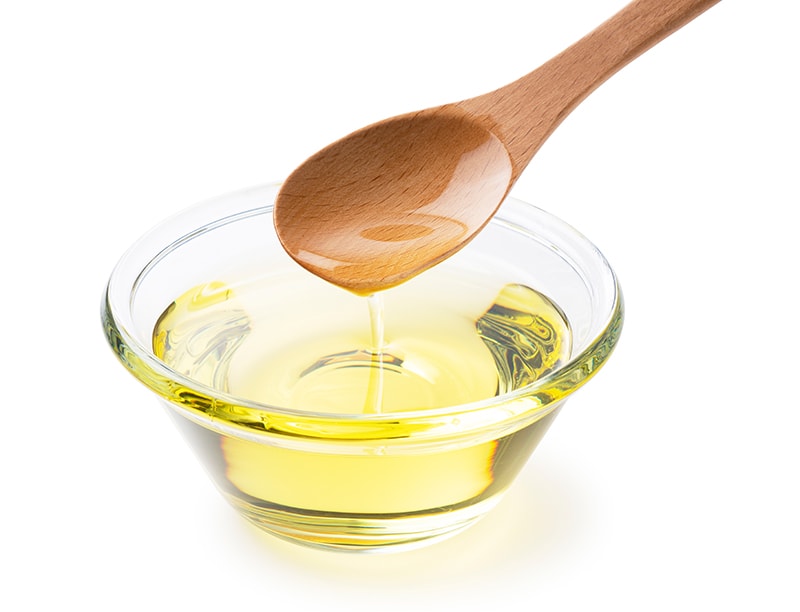Pirate’s Booty—it’s not just buried treasure! For over 30 years, fans have loved to snack on these delicious, golden cheese puffs. They bill themselves as a more natural (and tastier) option on the cheese puff market, without the artificial colors and flavors that other brands have. But if your dog’s always begging for one, is it safe to share?
Yes, as Pirate’s Booty doesn’t contain any toxic ingredients, it can be offered to dogs, but only in moderation as an occasional treat. Pirate’s Booty can be considered a safe snack for dogs, although it’s not exactly a healthy food for them.
What’s in Pirate’s Booty?
To learn more about why Pirate’s Booty is safe to feed to your dog, we’ll turn to the ingredients list. Pirate’s Booty is made from natural ingredients, including corn, rice, cheddar cheese, and seasonings.
Corn and Rice
The first ingredients in Pirate’s Booty are cornmeal and rice flour. Both corn and rice are common grains in dog food. Although some dog owners prefer to give their dogs a grain-free diet, there’s evidence to show that completely nixing grains from the diet is not as healthy as one might think.
Oils
Pirate’s Booty is made using canola or sunflower oil. Although too much fat and oil are bad for your dog, it’s okay in small amounts. Pirate’s Booty is baked, not fried, meaning that it’s less fatty than some alternatives.

Dairy Products
It’s not surprising that cheese puffs have cheese in them. Specifically, these puffs have cheddar cheese, whey, and buttermilk. Dogs are generally lactose intolerant—this means that their body has a hard time digesting dairy. However, small amounts of dairy products are usually fine. Most dogs can handle the amount of dairy in Pirate’s Booty.
Flavorings and Preservatives
Pirate’s Booty also has salt, citric acid, black pepper, and other natural flavors and preservatives. All of these ingredients are considered safe but should be eaten in moderation.
 Nutrition Breakdown
Nutrition Breakdown
Looking at the ingredients list lets us know that Pirate’s Booty is relatively safe—but is it healthy? We won’t lie to you—it’s not particularly healthy. However, Pirate’s Booty might be fine as a treat. One packet has 70 calories, and you’re not going to feed your dog more than a few puffs. This means that a treat of Pirate’s Booty won’t make up much of your dog’s diet. But if you’re wondering what the health breakdown is, we can take a look at the nutrition facts.
A 14-gram serving of Pirate’s Booty has 3 grams of fat, 9 grams of carbohydrates, and 1 gram of protein. Your dog’s normal food should be about 20–40% protein and 5–8% percent fat depending on your dog’s age and health. Pirate’s Booty clearly doesn’t make the cut. It also has 95 milligrams of sodium. Although this isn’t a huge amount of sodium in the grand scheme of things, salty foods aren’t especially healthy for dogs. This nutrition breakdown is why Pirate’s Booty is fine as a treat but shouldn’t be a big part of your dog’s diet.

 Health Risks of Pirate’s Booty
Health Risks of Pirate’s Booty
Are there any health risks associated with Pirate’s Booty? For most dogs, a small amount of Pirate’s Booty should be safe. But there are some risks if your dog overeats, and some particularly sensitive dogs might have their own risks.
Allergies
The most common allergies in dogs are to meat proteins, but dogs can also have allergies to dairy or to grains, including corn and rice. If your dog has an allergy to one of the ingredients in Pirate’s Booty, you might see reactions such as itchiness, redness, swelling, or a rash.

Intolerances
Most dogs are lactose intolerant, but some might be more sensitive than others. A particularly sensitive dog might be made sick by even a small amount of dairy. Eating large amounts of Pirate’s Booty could also trigger your dog’s intolerance. This might result in vomiting and/or diarrhea.
Sodium Poisoning
Dogs receive their daily salt needs through their complete and balanced diet. Excessive amounts of salt can lead to sodium poisoning; however, this is extremely unlikely to happen just by eating salty food. Toxicity can occur with ingestion of 2-3 grams of salt per kilogram of body weight, and there is approximately 6 grams of salt in a teaspoon. A 14-gram serving of Pirate’s Booty has 95 milligrams of sodium (just under 0.1 gram) so it is highly unlikely that salt toxicity occurs by ingesting Pirate’s Booty.
Conclusion
Overall, Pirate’s Booty is a relatively safe treat to offer your dog very occasionally, but you should be aware of serving size. Pirate’s Booty doesn’t have any nutritional value, though, so it should always be fed in moderation and shouldn’t ever replace healthy, balanced dog food. After all, we all know that your best friend’s health is the real treasure.
Featured Image Credit: (Pirate’s Booty, BrokenSphere, Wikimedia Commons CC BY-SA 3.0)





 Nutrition Breakdown
Nutrition Breakdown Health Risks of Pirate’s Booty
Health Risks of Pirate’s Booty





